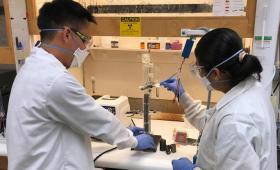New research examines how different hypothetical asteroid orbits and fragment velocity distributions affect the fate of the fragments on a collision course with Earth.
Science and Technology
in the News
Science and Technology
in the News
News Center
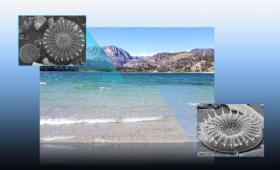
Climate change has significantly impacted the natural systems of the Sierra Nevada, including the mountain lakes that are an iconic part of California’s natural beauty.
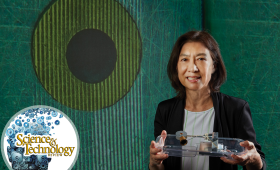
A Laboratory awards program offers advancement for scientific leaders who choose the research track over the management ladder.
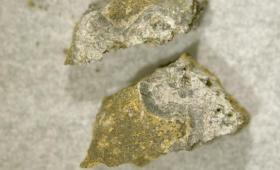
Livermore research hints at expanded region of planetary formation during the solar system's formation.
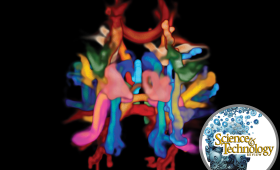
Data processing workflow tools developed by Livermore scientists reveal the multifaceted nature of traumatic brain injury.
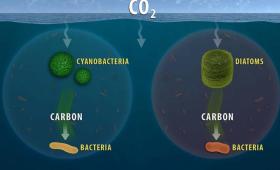
A research team directly quantified uptake of complex carbon pools from the two primary sources of marine organic carbon (diatoms and cyanobacteria) by a natural microbial community.
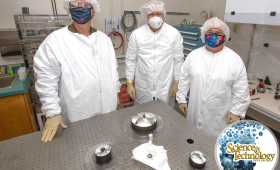
Nanosatellites holding tiny Livermore-developed telescopes take thousands of images of space and Earth in an ongoing Laboratory–industry partnership.

Advanced computer models, simulations, and analysis capabilities help scientists zoom in on Earth system processes and improve climate research.

Livermore scientists and collaborators discovered that standing shock waves in the supersonic outflow of gases prevent electric discharges like sparks and lightning from propagating.



